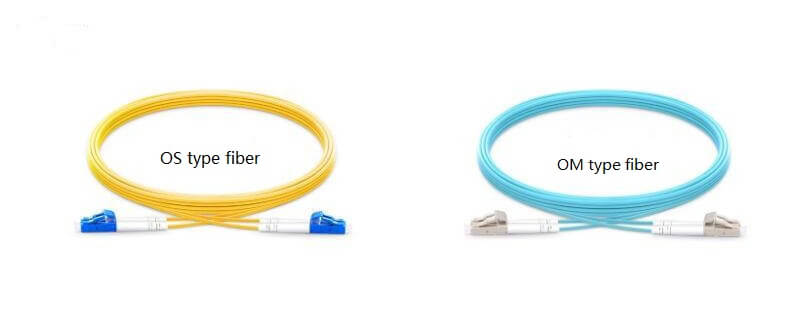Cable & Wire | High quality and excellent service at reasonable prices.
info@zion-communication.com
Author: Will Publish Time: 05-08-2025 Origin: Site
Patch cords, also known as patch cables, are relatively short cables designed to connect different network devices or electronic systems. They form the backbone of a structured cabling system and have numerous physical properties based on transmission medium (copper or fiber), connectors, and applications.
UTP, or Unshielded Twisted Pair: Mainly applied in an Ethernet network; Thru category known; Cat5e, Cat6, and Cat6A.
STP, or Shielded Twisted Pair: A better option that blocks interference from electromagnetic fields, suitable for those areas where interference concentration is high.
Coaxial Cables: These are used for RF (radio frequency) transmissions, closed-circuit television (CCTV), and broadband video.

Single-mode Fiber (OS1/OS2): Targets long-distance transmission, involving a fiber with a fine core and a single wavelength of light.
Multimode Fiber (OM1 to OM5): Supports high-capacity data transmission over short distances, featuring a larger core and multiple light modes.

SC (Subscriber connectors): Push-pull design, used for telecoms and datacoms.
LC (Lucent Connector): It features a small footprint, making it more attractive for high-density data center applications.
ST: Straight tip. BNC-style connectors are often used with multimode fiber in outdated systems.
FC (Ferrule Connector): A type of connector with a threaded connector, superior precision, used for testing equipment and telecom.
MTP/MPO: A kind of high-density connection for ribbon-style fiber cables, which enables 8, 12, or 24 core connectors for parallel transmission.
E2000: The push-pull design is introduced to the workplace with a spring-loaded dust shutter, providing added protection in a critical environment.

RJ45: Basic connector for the Ethernet patch cords.
BNC: A type of bayonet configuration used for coaxial cables, found in CCTV and broadcast.
RCA: An old way of sending audio and video signals.
3.5 mm TRS: Sounds on standard headphone and portable device connectors.
XLR: Professional sound connections, usually used with microphones and music or audio systems.

Simplex: A fiber or conductor with a single connector at both ends; carries only directional data.
Duplex: Two fibers/conductors that allow simultaneous transmission of data, generally used to connect LANs and switches to each other.
Fan-out Cables: Ribbon-type fibers are visible on the left side, connected to an MPO/MTP connector at the other end, and then spread out into individual connectors.

Microphone cables Are Used to connect a microphone to the mixer or recording interface.
Headphone Extension Cables: Extend the reach of the standard headphone cable.
Snake Cables: A multi-channel cable that transmits various audio and video signals; commonly used in stage and studio situations.

Transmission Distance: Single-mode fiber is ideal for long-distance applications, with minimal power loss; therefore, it is best suited for this purpose.
Multimode fiber is ideally suited for high-speed data transfer over short ranges.
Bandwidth Requirements: Applications with secured high-speed data (e.g., 10G/40G/100G Ethernet) often include higher category copper cables and OM3/OM4/OM5 fibers.
Connector Compatibility: Verify the cable connector at least once to ensure it is compatible with the ports of your devices.
Environmental Conditions - Select the proper jacket material depending on the installation environment:
PVC: Used as an indoor cable for general uses.
LSZH (Low Smoke Zero Halogen): This is a requirement for less harmful emissions in confined spaces.
OFNP (Optical Fiber Non-Flammable Plenum): Coated to reduce flame spread, suitable for use within plenum spaces.
Contact us for more information

Will is the Copper Cabling Product Manager at Zion Communication,
specializing in the development and marketing of Ethernet cabling solutions.
With extensive industry experience, he is dedicated to delivering high-performance
and reliable cabling products to OEM/ODM clients worldwide.
will@zion-communication.com
+86 -18268007201
